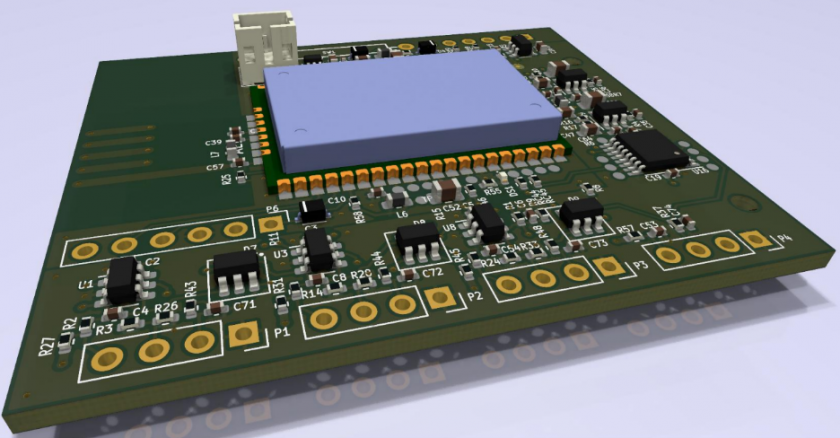
The Institute of Electronics and Computer Sciences has developed a solution/technology ConMonity – “Internet of Things Platform for Real-Time Monitoring of Concrete Curing Process” which includes:
- sensors that measure moisture, temperature and deformations of concrete;
- peripherals that acquire data from sensors and further transfer it to the gateway using a wireless connection;
- a gateway that transfers the data obtained from several (up to 256) peripheral devices to the server using a wireless connection;
- a server that stores and processes the obtained data;
- applications (on the phone or on the computer) that process and visualize the obtained data in real time.
Currently, the Institute has issued one non-exclusive license to one company on the following conditions:
IIBS_License_agreement_ FOR_OTHER_LICENCEES_EN
and is ready to license certain parts of the technology to other companies on the same terms. If you are interested in the mentioned technology, please contact us by writing to info@edi.lv.
More information about ConMonity technology is available here:
https://conmonity.edi.lv/
https://conmonity.edi.lv/wp-content/uploads/2022/07/IIBS-onepager-ENG.pdf
and further in the text.
The operating principles of the ConMonity system are shown in the figure below:
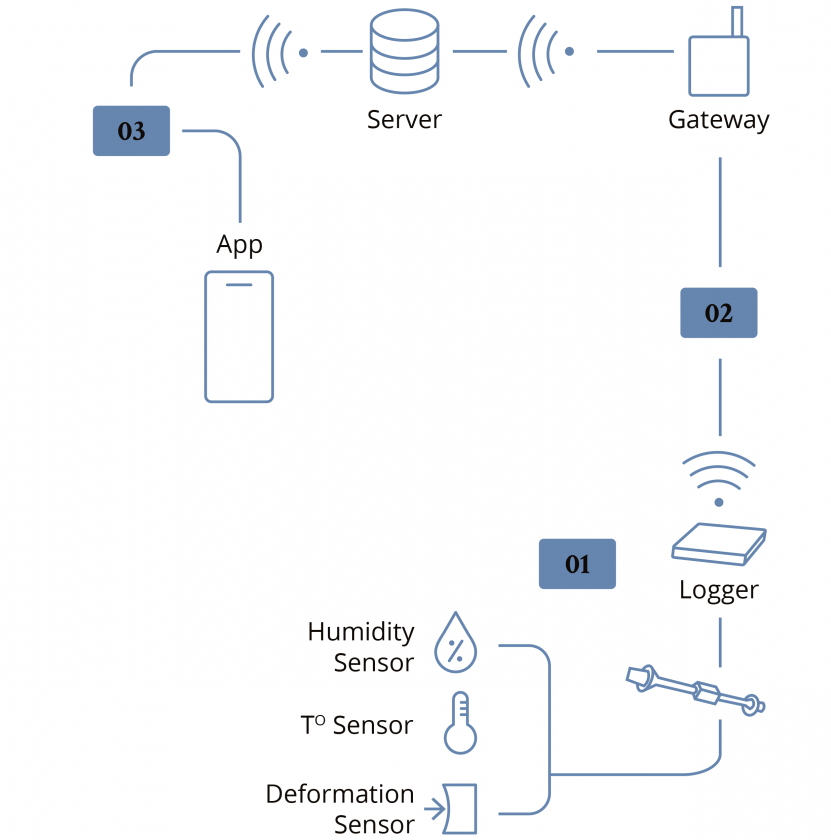
In order to ensure the complete operation of the system from sensor measurements to their visualization on the end user’s device, special hardware has been developed, algorithms and code have been written, as well as interfaces and visualizations for the user have been developed. In order to be able to repeat and manufacture the developed technology, the following IP has been created: schematics of peripherals and gateway, designs of PCBs, SolidWorks model files for cases, list of electronic components (BOM), software source code, API, technological descriptions and documentation, etc.
Each of these components is described below.
- Sensors and Peripherals for data acquisition, processing and transmission
-
- data acquisition from various sensors (concrete moisture, temperature and deformations) (algorithm)
- management of measurement and data transmission events (algorithm);
- execution of Peripherals control commands (algorithm);
- transmission of the obtained data in the LoRa TDMA network (algorithm). Frequency: 868.8 MHz
- Power source: Li-polymer battery 3.6 V
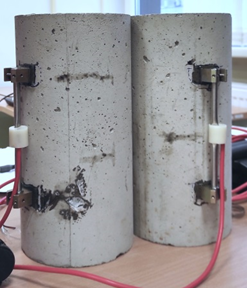
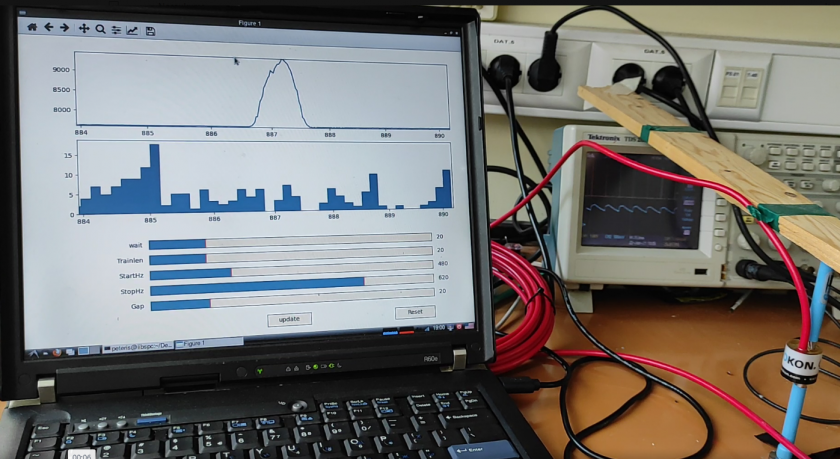
2. GW ( gateway)
-
- Provides LoRa wireless network interface to LTE cellular network via industrial SIM card.
- Receives data from nodes in TDMA mode and registers new nodes, distributes network management commands in the wireless network, provides local radio node management, provides data linkage and insertion into the server.
- Power supply: 20 000 mAh Power Bank or 220/12 V adapter
- Communication network: LTE (B2, B4, B5, B12, B66, B71)
- Antenna: 4G FRP omnidirectional antenna
- Integrated LoRa module with antenna: 868.8 Mhz
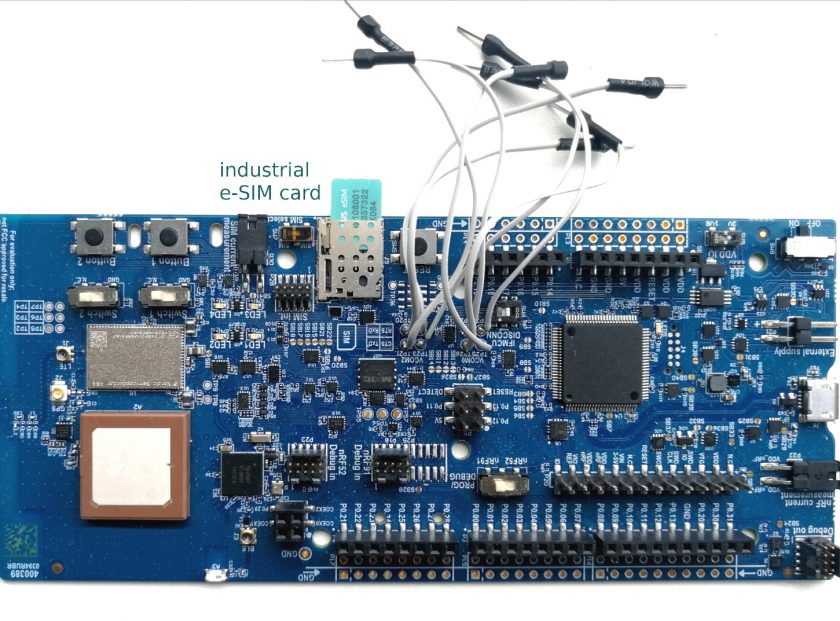
3. Server and data storage
-
- Stores sensor-generated data in a database, handling of requests from an Android application, serves as a proxy for network management commands
4. Android application and solution
-
- Requests and receives data from the server, providing of data visualisation and the whole user/network management, displays/sends alerts and log entries to the ConMonity user.
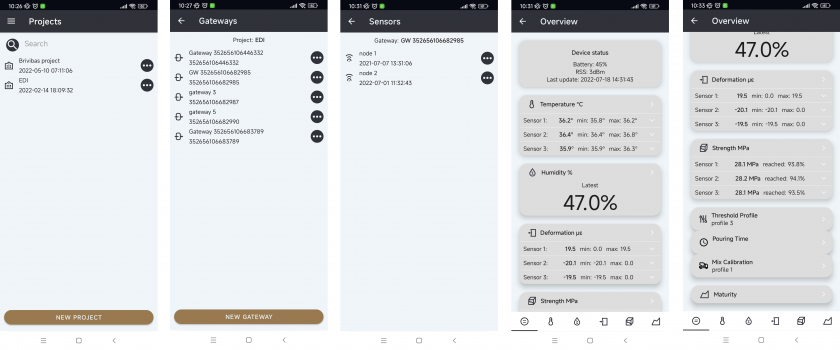
-
- system administration; user name and password protection;
- IIBS monitoring system set-up;
- device and sensor connectivity and connection tracking;
- MQTT bi-directional communication:
- data routing,
- receiving/sending data sets;
- algorithm & received data processing/calculations;
- data set generation timescale administration;
- data transmission and data set delivery acknowledgement;
- sensor-generated data storage.